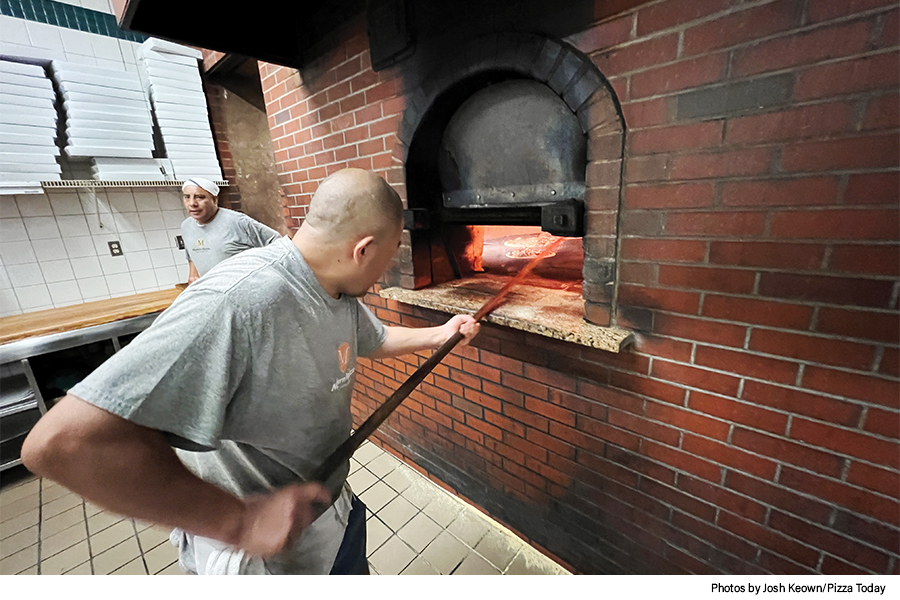Fixing a behavior in the workplace
I had a recent situation where a person posted a bad photo of a slice of our sausage pizza served to them at lunch. It only had three pieces of sausage instead of the typical seven per the recipe. The knee-jerk reaction to this or any issue where something goes wrong is pointing it out to the staff. “Hey, don’t do that, do it this way.” The problem with this approach is that it leads to them simply seeking to avoid getting in trouble for this one thing and absolutely nothing else. Also, usually, it’s just the employees in front of you at that moment that get the scolding, not the whole team.
I get it, though. You walk into your restaurant, everything looks good, and the one wrong thing is all you can see, and then you want to tell the staff, the people directly in front of you at that moment, “This thing is wrong. Fix it.” Please and thank you hopefully occur, but maybe they don’t.

Mike Bausch, owner, Andolini’s Pizzeria
This approach is the same as painting gold over rust. It’s a waste of gold and doesn’t tend to the rust. The rust needs to be removed and dealt with before you apply the gold paint.
The knee-jerk approach is a shortsighted response pervasive in the restaurant industry. In contrast, great companies like Trader Joe’s, Disney and the Four Seasons handle corrective action much differently. They avoid constant nitpicking of what’s wrong; instead, they chase greatness. We can all say we’re chasing greatness, but to chase greatness means that you point out when something doesn’t match the values of the restaurant or the company and then address the root cause instead of the superficial result. And instead of only nitpicking, there is a massive heaping of overtly appreciating who consistently performs protocol right to reinforce that behavior—also, outward actions to validate staff and verify they feel supported.
In this sausage example, only saying, “Hey, don’t do that,” fixes absolutely nothing. It doesn’t address the cause. The staff tried to make the fastest pizza possible and lost sight of the more significant priority: an excellent experience through a great product. The employee didn’t put enough sausage on because putting raw sausage on the pizza is tedious. So they moved quickly; it looked good enough, but sausage shrinks in the oven, and then it didn’t look so great by the time it baked. But, as long as they did their goal, which in this situation, the goal was to stab the ticket as fast as possible, then yes, they achieved their goal. The goal wasn’t to chase greatness for this staff member and the others working with them that day.
The way to fix a behavior like this is to have an all-staff discussion about what could lead someone to do less than the right thing. What is “Our Goal” as a team. Is our goal a perfect pizza or to get it done fast no matter what we do to achieve it? The root cause could be laziness, fast pacing being perceived as more important than quality, or assuming no one would check? To truly delve into the issue, lean into how this doesn’t represent us well and how it hurts all of us so they understand the why. And then show the perfect pizza, bake it the right way. Share it with everyone so everyone understands the difference, and let everyone have buy-in on what the team values. Overtly define what greatness is to really be on the same page. Heavily point out who is making it right and what the team can do to help keep it that way. At that point, systemically, we fixed it on a macro scale. Instead of continuing on like this, we’ve removed the rusted root ready for a coat of gold paint that won’t soon wear off.









